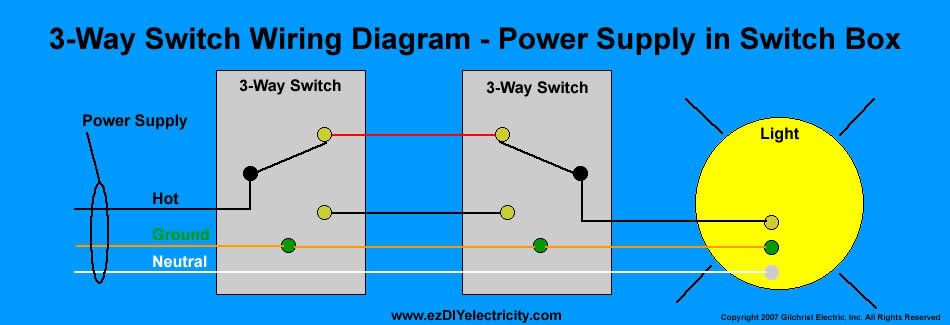The thing that counters inductive heating of a conduit is _not_ the presence of the neutral, but rather the _equal and balanced_ current flow on all of the conductors contained by the conduit. Imagine a horizontal conduit. As long as all current flowing 'left' in the conduit is balanced by current flowing 'right' in some other conductor, the _net_ current flow will be zero and there will be no current flow induced in the conduit itself.
The most common way to provide this balance is by having all hots and the neutral together in the same conduit. So the presence of the neutral meaningless. If, for example, you were to run the neutral in one conduit and the hot in a separate conduit, both meeting up at a load, then the current flow in each conduot would be unbalanced and you would have a violation of 300.3.
However another situation in which the current flow is properly balanced is if you have a 'switch loop'. In this case, you have an 'unswitched hot' going out to the switch, then the 'switched hot' returning to the load from the switch. Any current flowing _to_ the switch is balanced by current flowing _from_ the switch, so the conductors that make up a switch loop are properly balanced and won't cause inductive heating.
You can similarly design 'three way' circuits where the current flowing on the travellers is balanced by the other 'switched hot' conductor in the cable. This could be a three way switch loop, or the 'double dead ended' approach that Dennis suggested.
-Jon


